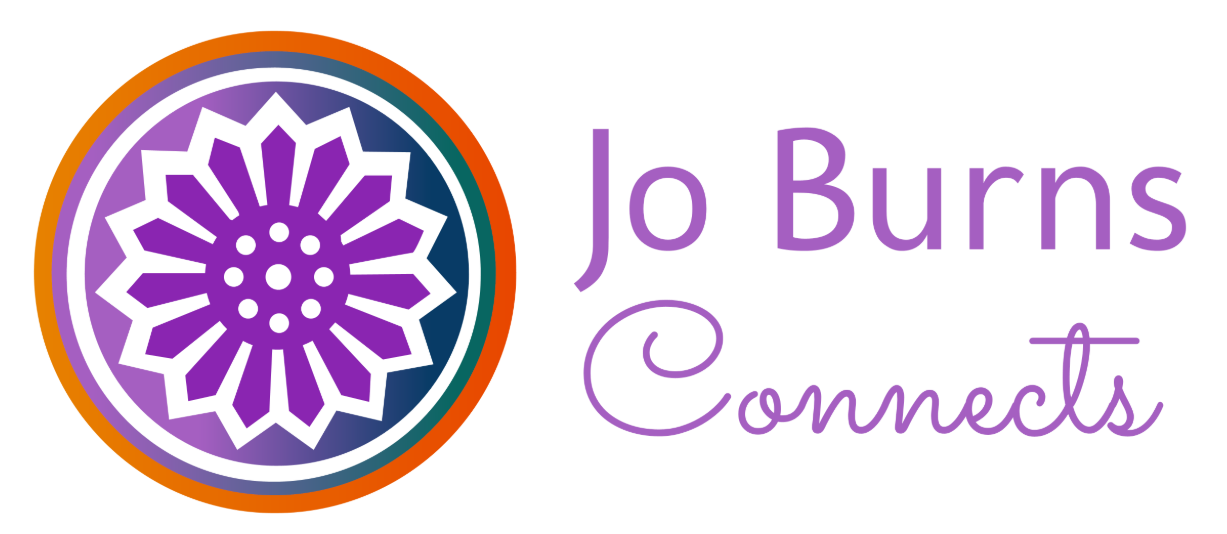Have we forgotten how to be neighborly? It’s not totally strange…I get blog ideas while I’m walking around my neighborhood, especially when I’m working on creating a new education session. My head clears and thoughts start to roll. I recently finished ready the surgeon general’s report on social connection, loneliness, and isolation…for the 2nd time (yeah, I’m a nerd like that). The down and dirty is that social connection is good for our health both individually and as a community. Most of the research referenced in the report indicates BIG decreases in social connection even from before the pandemic, and we all know what that did.
What was interesting is how having a sense of belonging to one’s community improves your own health and other members of your immediate community. Think about your neighborhood. How many of your neighbors do you know their first and last names, their kids’ names, ever had a beverage with them? Borrowed sugar or “shared” a zucchini with them? You might know their dog. Or do you typically only see them during snowstorms when we’re all trapped, and everyone comes out to shovel or plow. Neighbors helping neighbors.
I live in a small cluster of 19 homes in a burb outside of Denver. I know the names of my neighbors directly around my house. We know the neighborhood because my husband is the HOA manager. When we first moved here, I coordinated a neighborhood gathering so we could get to know the folks we live close to. I’d hope to find neighbors and folks that might potentially turn into friends much like when I was growing up. When I don’t initiate it, nothing happens.
When did we all get so worried about imposing on people that we fail to make the simplest of kind gestures. Welcome a new neighbor with brownies, a casserole, or a card. (Yeah, I’m showing my age.) Do folks still watch out for each other, their kids, their pets, and their houses?
The report shared that the divide amongst us has more than doubled between 1994 and 2014. I’m thinking it may have exponentially increased from 2016 to now. It also shared that the more connected a community was the greater the health benefits, people live longer, have less disease, manage chronic challenges better. Social connection and social capital strengthen community health, safety and prosperity across generations, races and geography. This enables communities to overcome adversity and thrive. Social connection in communities helps build resilience for challenges like natural disasters, pandemics, and safety threats. Look at communities like Estes Park during the floods and Superior and Lafayette during the Marshall fire.
Over time there has been a decline in participation in civic and service organizations, although they are on the rise. They fell out of favor or didn’t seem cool, or people decided they were too busy to share their time. As a kid my parents were Jaycees and much of our family time evolved around whatever service project they were working on. We had a blast with the other kids while the grown-ups were building something the community desperately needed. The focus shifted from serving in and with our community to focus on the smaller family unit. The pandemic showed us we need each other in so many ways. Volunteerism is up and is a spectacular way to connect with your local community organizations and members. Many of our organizations can’t exist without the shared time from people in the community – schools, youth sports, senior centers, hospitals, non-profits and so much more.
Here's the kicker we don’t have to wait for a catastrophe to build connected communities. I want to live in a world where neighbors and community members care about all its members, are open to sharing conversations and perspectives, and sugar or even a zucchini. Can we remember or learn how to be neighborly? The health of our families and communities depends on it.
Have we forgotten how to be neighborly? It’s not totally strange…I get blog ideas while I’m walking around my neighborhood, especially when I’m working on creating a new education session. My head clears and thoughts start to roll. I recently finished ready the surgeon general’s report on social connection, loneliness, and isolation…for the 2nd time (yeah, I’m a nerd like that). The down and dirty is that social connection is good for our health both individually and as a community. Most of the research referenced in the report indicates BIG decreases in social connection even from before the pandemic, and we all know what that did.
What was interesting is how having a sense of belonging to one’s community improves your own health and other members of your immediate community. Think about your neighborhood. How many of your neighbors do you know their first and last names, their kids’ names, ever had a beverage with them? Borrowed sugar or “shared” a zucchini with them? You might know their dog. Or do you typically only see them during snowstorms when we’re all trapped, and everyone comes out to shovel or plow. Neighbors helping neighbors.
I live in a small cluster of 19 homes in a burb outside of Denver. I know the names of my neighbors directly around my house. We know the neighborhood because my husband is the HOA manager. When we first moved here, I coordinated a neighborhood gathering so we could get to know the folks we live close to. I’d hope to find neighbors and folks that might potentially turn into friends much like when I was growing up. When I don’t initiate it, nothing happens.
When did we all get so worried about imposing on people that we fail to make the simplest of kind gestures. Welcome a new neighbor with brownies, a casserole, or a card. (Yeah, I’m showing my age.) Do folks still watch out for each other, their kids, their pets, and their houses?
The report shared that the divide amongst us has more than doubled between 1994 and 2014. I’m thinking it may have exponentially increased from 2016 to now. It also shared that the more connected a community was the greater the health benefits, people live longer, have less disease, manage chronic challenges better. Social connection and social capital strengthen community health, safety and prosperity across generations, races and geography. This enables communities to overcome adversity and thrive. Social connection in communities helps build resilience for challenges like natural disasters, pandemics, and safety threats. Look at communities like Estes Park during the floods and Superior and Lafayette during the Marshall fire.
Over time there has been a decline in participation in civic and service organizations, although they are on the rise. They fell out of favor or didn’t seem cool, or people decided they were too busy to share their time. As a kid my parents were Jaycees and much of our family time evolved around whatever service project they were working on. We had a blast with the other kids while the grown-ups were building something the community desperately needed. The focus shifted from serving in and with our community to focus on the smaller family unit. The pandemic showed us we need each other in so many ways. Volunteerism is up and is a spectacular way to connect with your local community organizations and members. Many of our organizations can’t exist without the shared time from people in the community – schools, youth sports, senior centers, hospitals, non-profits and so much more.
Here's the kicker we don’t have to wait for a catastrophe to build connected communities. I want to live in a world where neighbors and community members care about all its members, are open to sharing conversations and perspectives, and sugar or even a zucchini. Can we remember or learn how to be neighborly? The health of our families and communities depends on it.

